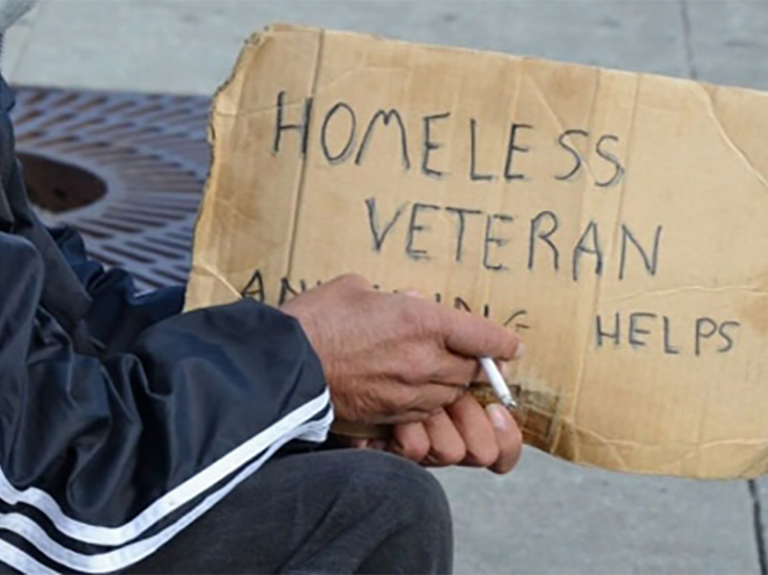By Deborah O’Connor
For Frances Lankin and Dr. Munir Sheikh, co-chairs of the Social Assistance Review Commission, the task of making final recommendations for the reform of Ontario’s welfare system has to be one of the hardest they’ve ever faced. With a generation of reports behind them from both in and outside government and a variety of ancillary programs that aren’t part of welfare but support welfare recipients, just absorbing all the information involved is a monumental job in itself. By next summer, they’re expected to come up with a road map for reform that will please Ontario Finance Minister Dwight Duncan, recipients and advocates alike; most especially the finance minister, who will have to find the money to make real change happen.
One of the province’s best organized advocacy organizations, a coalition called “25 in 5 Network for Poverty Reduction” released its third annual report in early December with its own conclusions. Titled “Common Ground: A Strategy for Moving Forward on Poverty Reduction” it’s reported that since 2008, child poverty in Ontario declined slightly while adult poverty has risen. In short, we’re going nowhere fast since the Premier Dalton McGuinty announced his government’s commitment to poverty reduction. Initiatives recommended by 25 in 5 include a new housing benefit for low income earners, welfare reform including allowing people to keep more of their earned income, a raise in both the minimum wage and the Ontario Child Benefit, and continued progress on early learning programs. All ideas heard before many times, and essentially just more tinkering with a welfare system that is outmoded, unresponsive and administratively heavy.
It’s difficult to keep the issues of welfare reform and poverty reduction separate. They are hopelessly intertwined but not the same. Injured workers receive income support but it’s not welfare, neither is Old Age Security or Unemployment Insurance or the Canada Disability Program. Families with children may or may not get welfare, but share programs like the Canada Child Tax Benefit, Ontario Child Benefit, Working Income Tax Benefit and the $100 a month federal Universal Child Care Benefits for young children. Then there’s Ontario’s GAINS program for poor seniors and the various tax credits and refunds from both levels of government that are generated through the filing of income tax. These are changing too quickly to detail here and the point is that there’s just too much going on to get a handle on how it all fits together, then fix it like a broken leg, even if it is a compound fracture.
All these patchwork provincial and federal programs have been thrown into the mix one at a time ever since Depression days, each one promising to alleviate deprivation and improve lives. Despite this, poverty has proven to be an insurmountable problem; and the bureaucratic machines required to run everything cost taxpayers a fortune. In tough times, when civil servants are fired to save money, the administration of these programs starts to fall apart. Suffering increases and it costs even more to fix the fixes. It’s a never ending cycle that will keep repeating itself until it is replaced with one simple, pan-Canadian solution.
The solution for some is called the Guaranteed Annual Income and it’s another idea that’s been around for years. Dismissed in the past as being too expensive and contrary to the national work ethic, it is loathed by the political right wing. But, it is also toxic to those at the other end of the political spectrum, who argue it is just a means to subsidize businesses paying low wages.
Lately, it’s been gathering momentum again and finding favour on all sides of the spectrum. The simplest, and likely most popular version of the GAI, is one provided through the income tax system. Every Canadian would receive a base amount of income each year and it would be clawed back depending on the amount of other, earned income generated by the taxpayer. The scope of the program can be as large or as modest as deemed fair and reasonable. And, it has the potential to replace the hodge-podge of programs that make up our income security system now and cost us so much to administer.
As reported by one commentator, there are just two barriers to a Guaranteed Annual Income. These are politics and costs. A third issue would be overcoming the stereotype of the lazy welfare bum. But that would mean transforming him or her into a human being, a citizen of Canada, who deserves to have their most basic needs met in a humane and dignified manner.
While some might view the magnitude of this kind of transformation of both systems and attitudes as simply too big to achieve, in the long run, it might be the best, most humane and cost-effective way to establish an income floor adequate to meet basic needs for every Canadian. We couldn’t do much worse than what we have now and if well-respected Conservative Senator Hugh Segal has investigated and now supports the creation of a Guaranteed Annual Income, it’s worth taking a hard look.
We need bold solutions to poverty eradication since tinkering has only created a many headed monster that serves no one well and ultimately only adds to the ineffectiveness and high costs of doing it wrong.


